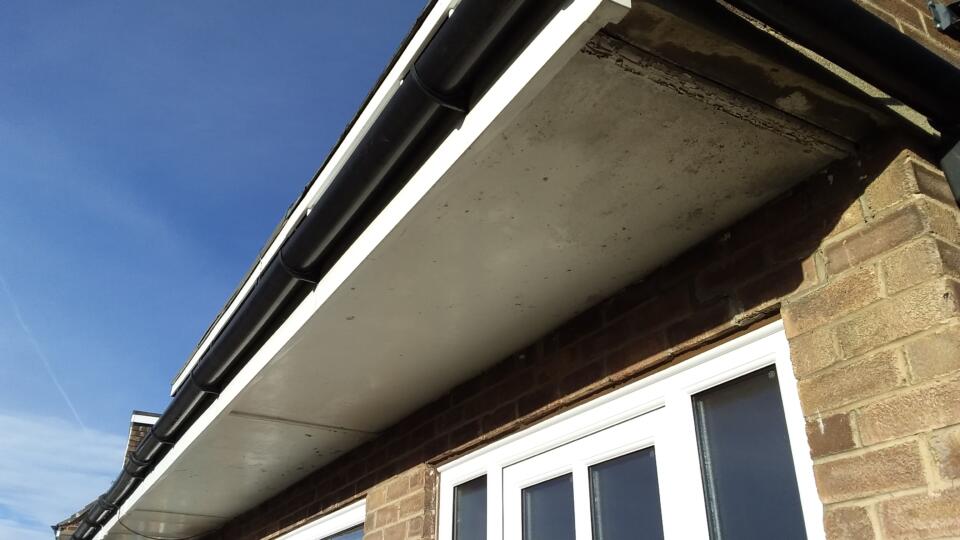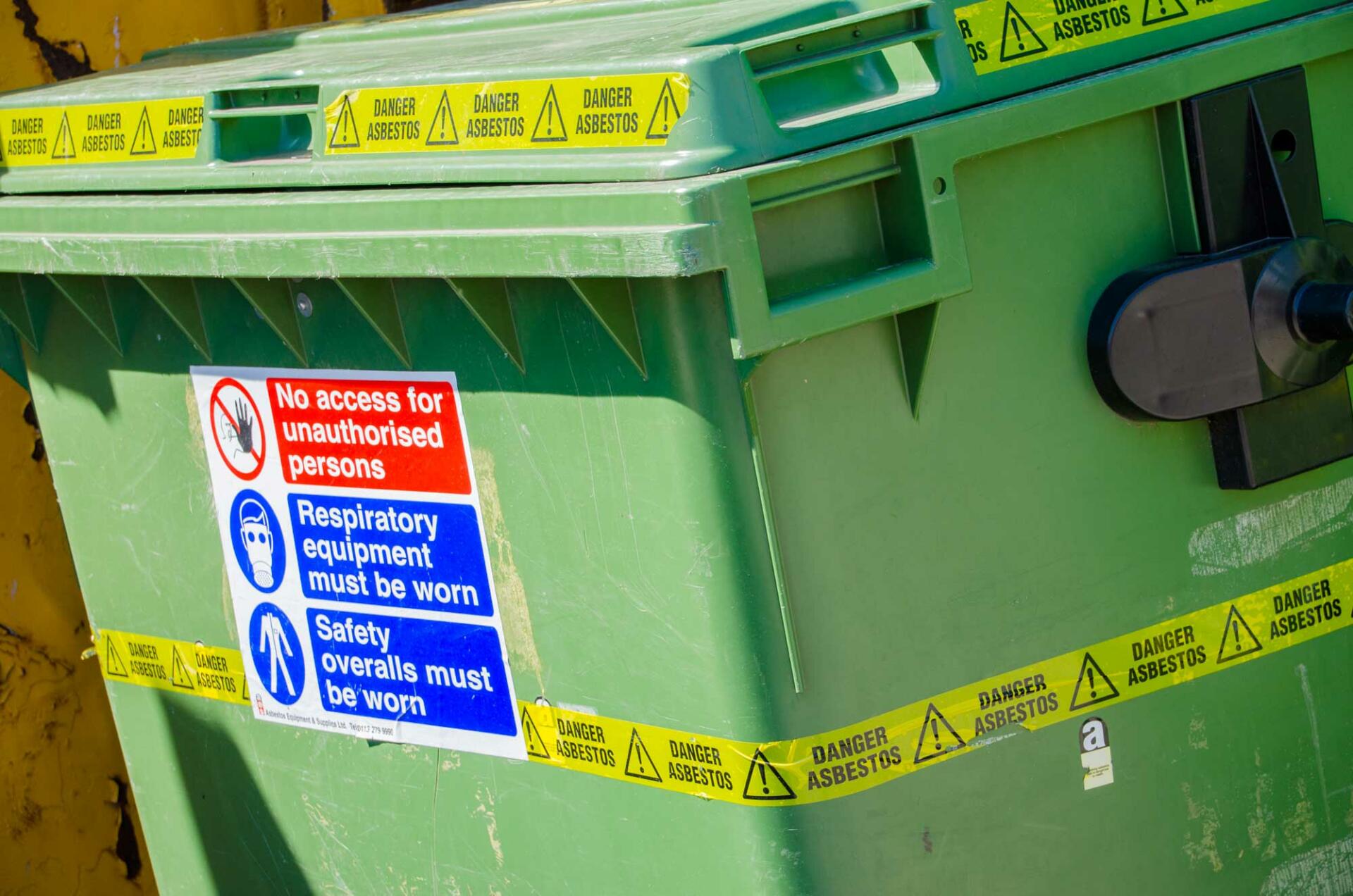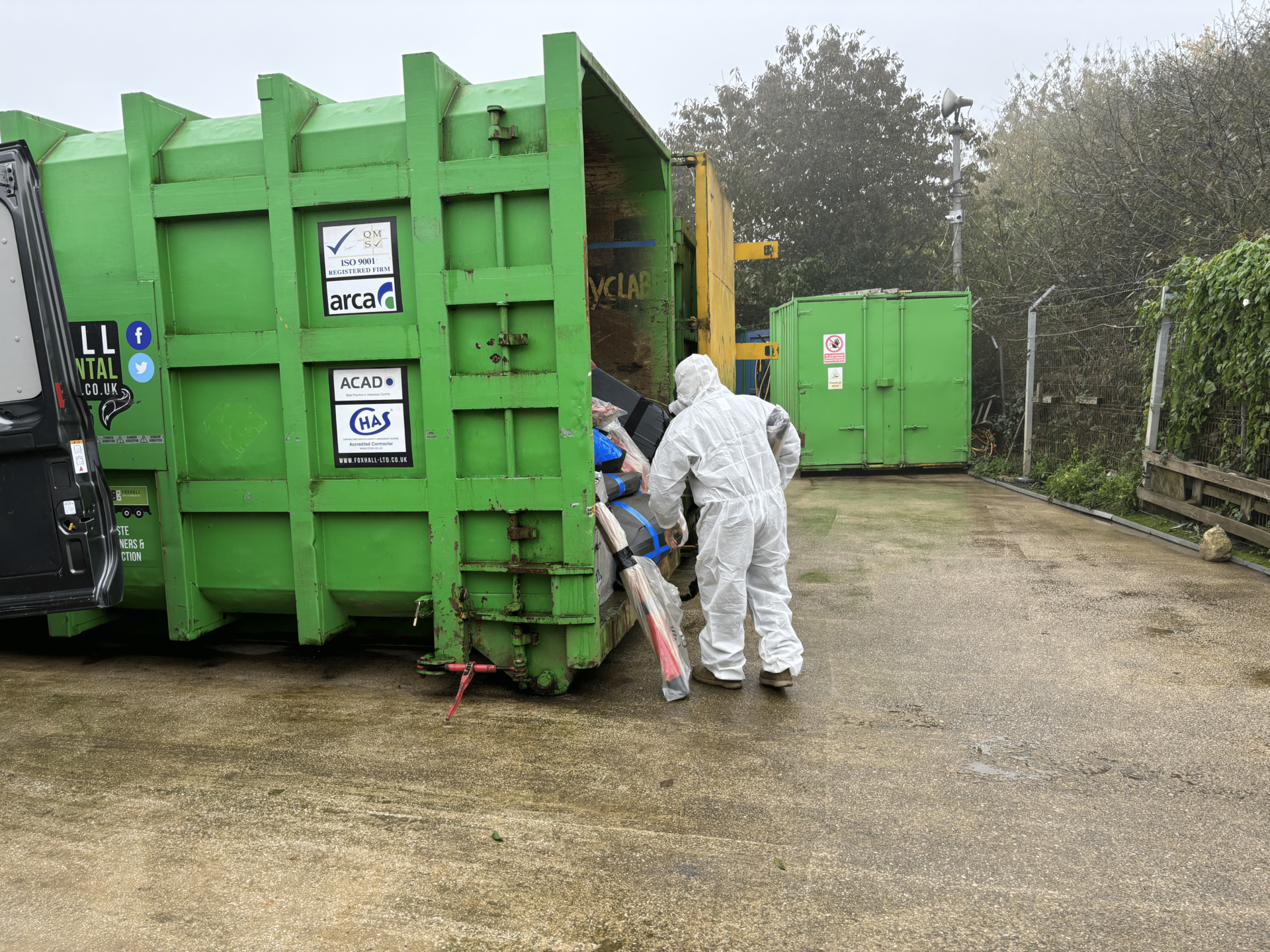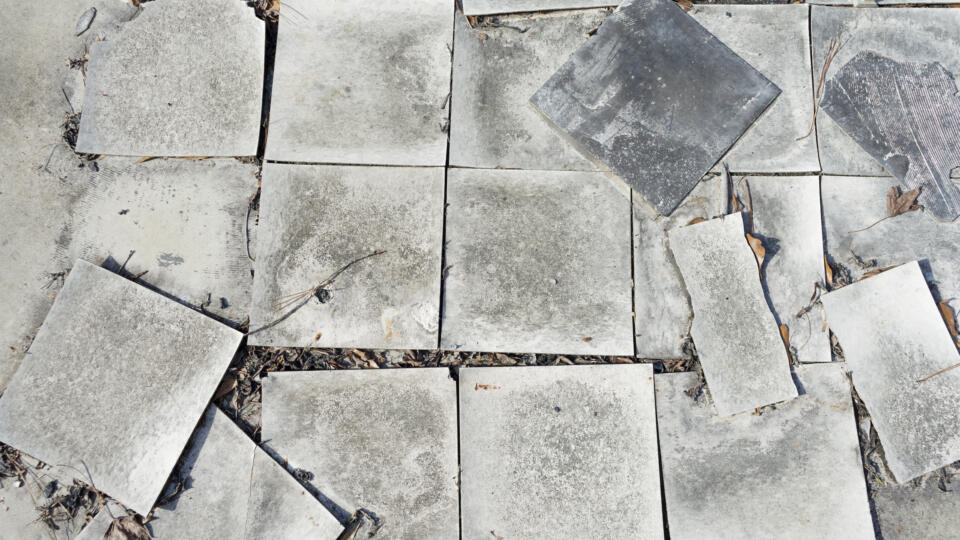
Asbestos disposal guide: What you need to know
Posted

Asbestos disposal guide: What you need to know
This our 10-step guide on Asbestos waste disposal
Asbestos, classified as a hazardous material, demands careful handling to mitigate health risks. Strict guidelines ensure safe disposal, emphasizing dampening materials before handling to prevent airborne fibre release. Disposal in regular bins is discouraged to avert environmental contamination. Instead, double-bagging, wrapping, and proper labelling are crucial. Professional asbestos removal contractors should be engaged for safe removal during demolition or renovations, with disposal at licensed waste transfer stations.
Step 1: Identification: Confirm the presence of asbestos in your property, especially before any refurbishment or demolition activities. This can be done by having an asbestos survey carried out.
Step 2: Dampening: Prior to handling, dampen asbestos-containing materials to minimize the risk of airborne fibres.
Step 3: Avoid Regular Bins: Do not dispose of asbestos in regular bins or wheelie bins to prevent enviromental contamination.
Step 4: Double Bagging: Double-bag asbestos-containing materials, ensuring proper wrapping and appropriate labelling.
Step 5: Professional Assistance: When asbestos is discovered during activities like demolition, consult a professional asbestos removal contractor for safe removal.
Step 6: Licensed Waste Transfer Stations: Dispose of asbestos-containing materials only at licensed waste transfer stations to ensure proper handling.
Step 7: Expert Guidance: If unsure about the disposal process, seek expert guidance to navigate through the steps. We can guide you through all the correct processes.
Step 8: Specialized Asbestos Skips: Utilize specialized asbestos skips, equipped with airtight seals and ventilation systems, for safe transportation.
Step 9: Padlocking Skips: Always padlock skips to prevent unauthorized access and ensure safety.
Step 10: Transportation Compliance: When transporting asbestos, adhere to regulations, including dampening materials, proper sealing, and labelling. Possess a valid waste carrier’s license and dispose of materials at designated licensed waste transfer stations.

Remember, our team at Complete Asbestos Surveys is here to assist you.
FAQ:
Q. How do I safely identify asbestos in my property, and what steps should I take if I suspect its presence?
A. Identifying asbestos requires a professional assessment, typically conducted through an asbestos survey. If you suspect asbestos in your property, it’s crucial to avoid disturbing the material and consult with a licensed asbestos removal contractor for further evaluation and guidance.
Q. Are there specific regulations or guidelines I need to follow when disposing of asbestos-containing materials, and what are the consequences of not adhering to them?
A. Yes, there are strict regulations governing the disposal of asbestos to mitigate health and environmental risks. Disposing of asbestos in regular bins is illegal and can lead to environmental contamination. Failure to adhere to disposal guidelines can result in fines, legal penalties, and increased health risks for individuals exposed to airborne asbestos fibres.
Q. What are the risks associated with improper asbestos disposal, and how can I ensure that I’m taking all necessary precautions to protect myself and the environment?
A. Improper asbestos disposal poses significant health risks, including respiratory problems, lung diseases, and even cancer upon prolonged exposure. To ensure safety, always engage professional asbestos removal contractors for handling and disposal. Follow proper procedures such as dampening materials, double-bagging, and labelling to minimize the release of asbestos fibres and protect both yourself and the environment.
Further Reading




